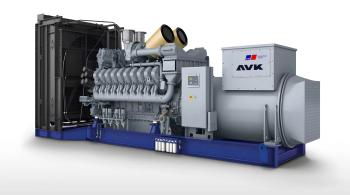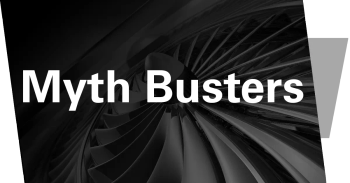
Blade repair techniques at IGTI
Several sessions at the ASME IGTI conference in Copenhagen last week dealt with turbine maintenance. Magnus Hasselqvist, a high temperature materials specialist at Siemens Energy laid out three different levels of weld repair: a classical easy to weld alloys like IN625; a weld that returns the blade substrate to a condition close to that of the original; and a weld using material chosen to improve the critical properties of the substrate. According to him, optimum blade lifecycles could be achieved by going beyond the usual tests for hardness, creep and tensile strength. He advocated tests associated with specific damage case cush as cyclic oxidation tests.
(Blade welding is an easy way to weld alloys)
Hasselqvist said, “Regardless of alloys, we will always have oxidation problems as we use better alloys to raise firing temperatures. At the very least, there will be localized oxidation damage.” For blade tip oxidation damage, he recommended at least a CMSZ-4 alloy for repairs, and a filler to form a protective alumina scale with a very low level of active sulfur.
Siemens conducted research on alloys to isolate the best ones for blade repair and this delivered surprisingly good results. Traditional industrial gas turbine alloys and aero alloys, for example, were found to be good for oxidation but provided poor weldability. Therefore, they were not good as fillers. IN625 had good weldability but offered only moderate oxidation protection. A newer alloy known as IGT SCA425+ was found to be good for oxidation but lacked sufficient weldability.
Hasselqvist said this project inspired researchers to create some new alloys. After testing many possibilities, STAL18Si was found to be the best. A detailed analysis revealed no post-weld cracks, and low levels of oxidation. He said this could be due to its not having a layered structure and added that the weldability improved when silicon was added to this alloy.
Harald Kissel of Alstom gave a presentation on reconditioning film cooling single crystal (SX) turbine blading. Field experience has revealed complex internal cracking in SX airfoils, which are highly branched with a complex internal geometry.
Alstom decided that a tailor-made cleaning and brazing process was needed. Chemical stripping is done to remove the oxidized depletion zone and the metallic coating; so you are left with the base material. Once completed, the salt bath cleaning and fluoride ion cleaning (FIC) removes any remaining oxide. Brazing can now be done manually using a paste, in a way that it preserves the SX structure.
Kissel said, “Isothermal solidification leads to single crystal structure and we have positive field experience using this technique.” The company conducted a test with half a row having new vanes and the other half with reconditioned vanes. Kassel said after a period of heavy usage, they looked exactly the same.
Newsletter
Power your knowledge with the latest in turbine technology, engineering advances, and energy solutions—subscribe to Turbomachinery International today.





